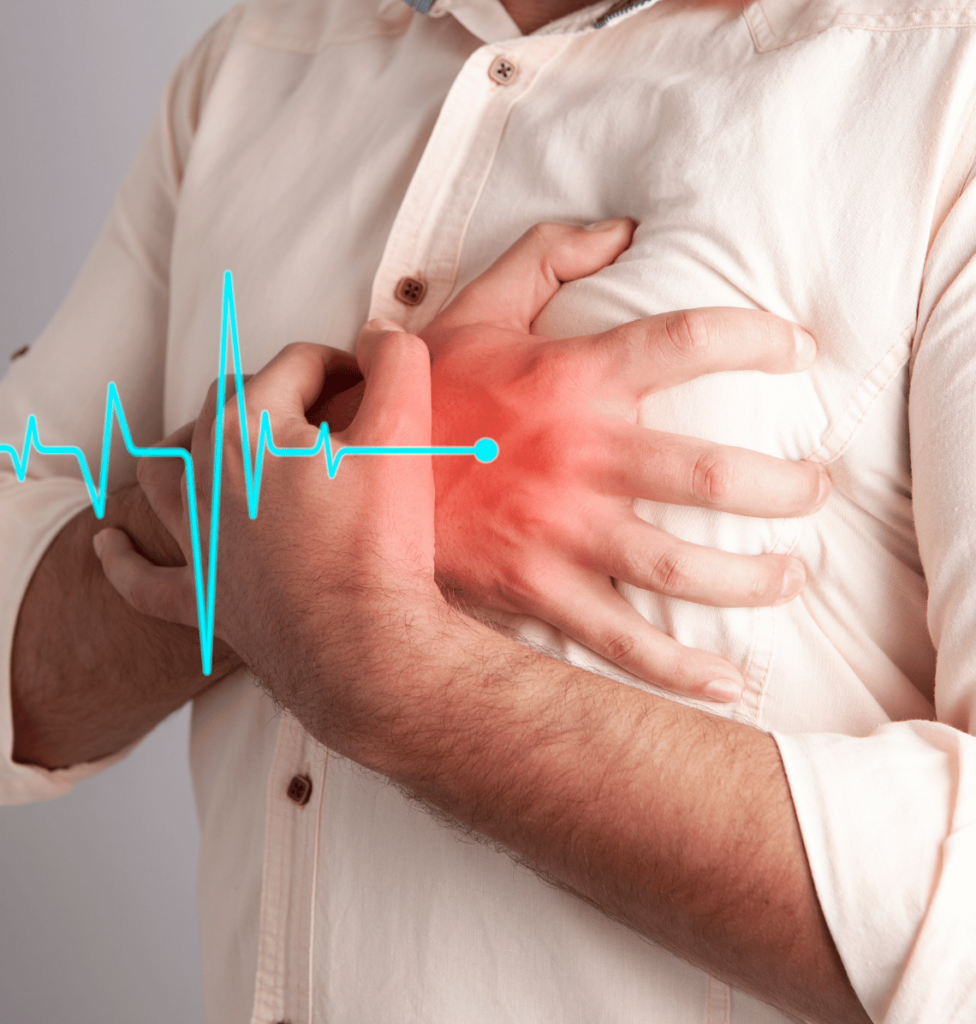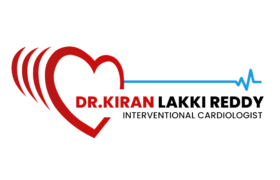Peacemaker


A pacemaker, also known as a cardiac pacemaker, is a small electronic device implanted in the chest to regulate and stabilize the heart’s electrical activity. It is used to treat certain heart rhythm disorders (bradycardia – low heart rate < 50 bpm), specifically abnormalities in the heart’s natural electrical system. Common indications are Complete heart block, Sinus node dysfunction, Syncope. Here’s an overview of pacemaker treatment:
- Purpose: The main purpose of a pacemaker is to monitor the heart’s electrical signals and, if necessary, send electrical impulses to regulate the heart rate and maintain a normal rhythm. It helps ensure that the heart beats at a steady and appropriate pace.
- Implantation: Pacemaker implantation is typically performed under local anesthesia in a hospital setting. A small incision is made near the collarbone, and the pacemaker leads (thin wires) are threaded through a vein and guided to the heart chambers. The leads are then attached to the pacemaker, which is placed under the skin, usually below the collarbone.
- Types of Pacemakers: There are different types of pacemakers, including:
a. Single-Chamber Pacemaker: This type of pacemaker has one lead placed in either the right atrium or the right ventricle. Only useful in one or two conditions.
b. Dual-Chamber Pacemaker: Dual-chamber pacemakers have two leads—one in the right atrium and another in the right ventricle. This allows for more precise synchronization between the chambers. This is the mode of choice in majority of the decreased heart rate disorders.
c. Biventricular Pacemaker (Cardiac Resynchronization Therapy, or CRT): This pacemaker is used for certain cases of heart failure and has an additional lead placed in the left ventricle(Coronary sinus). It helps coordinate the contractions of the heart’s chambers, improving pumping efficiency. - Functioning: The pacemaker constantly monitors the heart’s electrical activity. When it detects an abnormal rhythm, it sends electrical impulses to stimulate the heart muscle and restore a normal heart rate. The pacemaker can be programmed by a healthcare professional to meet the individual needs of the patient.
Pacemakers greatly improve the quality of life for individuals with heart rhythm disorders, ensuring that their hearts maintain a regular rhythm and function properly. The decision to implant a pacemaker is based on a comprehensive evaluation by a healthcare professional specializing in cardiac electrophysiology or cardiology.
Fill This Form
Get In Touch
- +91 90149 44654
- lakki.reddy.63@gmail.com
- CANES - Cardio & Neuro Clinic, 3rd Floor, Tapasavi Commercial Complex, Hi-tension Rd, Kondapur, Hyderabad,
Copyright ©2023 All rights Reserved to Drkiran Lakki Reddy ll Develop & Design by Branding Nuts
